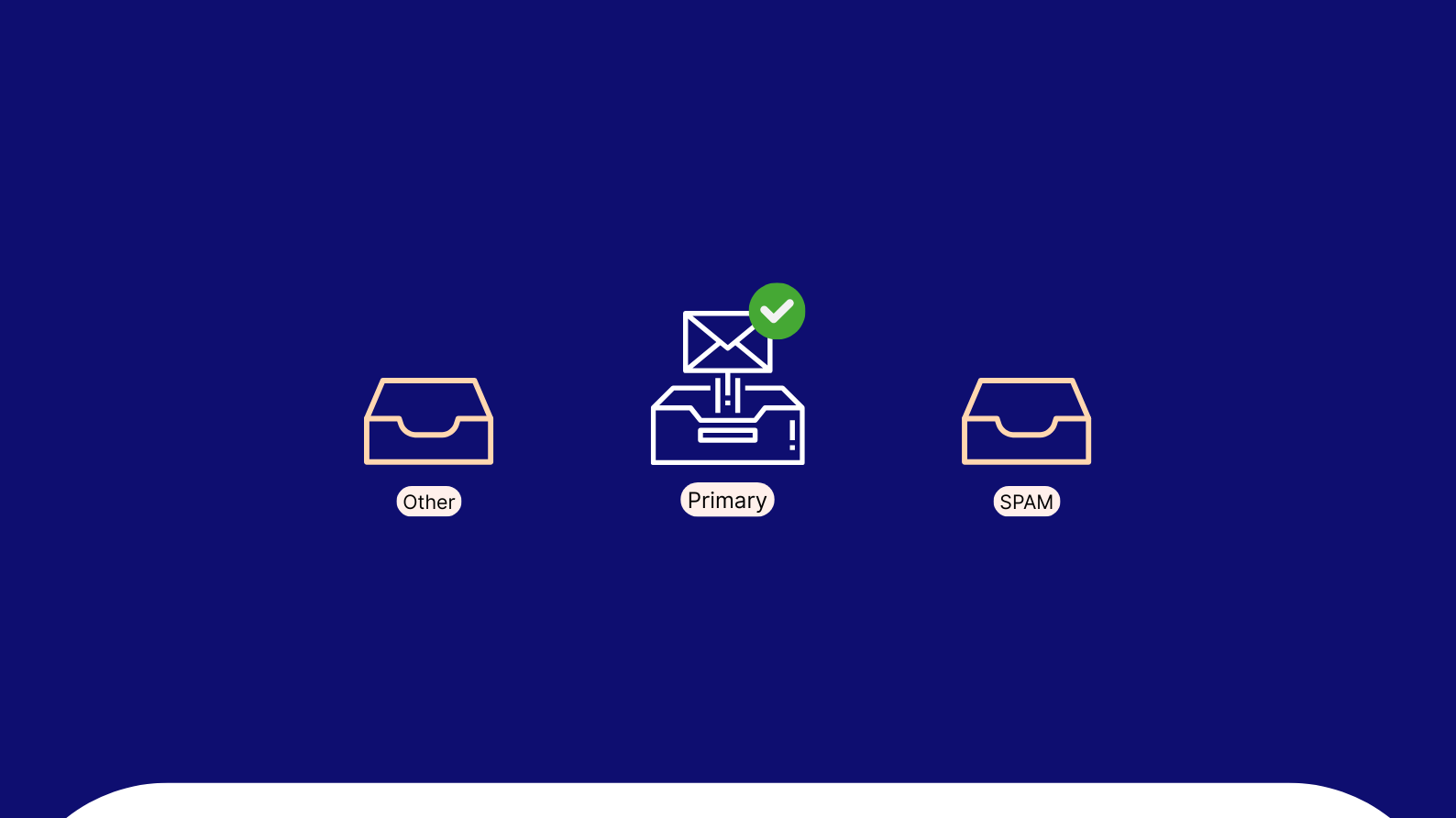Have you ever had the feeling that you should be charging more for your products? Or maybe you’re wondering if lowering prices is worth increasing sales. If so, don’t worry! Pricing is a complex topic, but it’s one of the most important parts of setting up an e-commerce store.
This guide will teach you everything you need to know about pricing your products, from determining their worth in the first place to making sure they’re competitive based on the market. You’ll also learn to set pricing for your Ecommerce store in 2025 based on the steps mentioned below!
1. Establish your core values.
Before you set pricing for your Ecommerce store, you need to establish your core values. Core values are the fundamental beliefs that drive your business and should be authentic and consistent with your brand. They should also be expressed in all aspects of your business, from hiring decisions to how customers are treated and what they experience while shopping online.
Core values can help guide pricing decisions in a couple of ways:
- If something has inherent value (such as high-quality materials or sustainable methods), then it makes sense for those costs to be reflected in the price tag.
- If price is not related directly to quality (for example, if there’s no difference between one item versus another), then it may make sense for retailers with strong core values to charge slightly more for their products—but only if there’s enough demand from customers who are willing/able to pay more!
Make sure the pricing is purely based on the quantity and quality of the product because that determines the value of your Ecommerce store and how you value customers the most!
2. Decide on your pricing strategy.
Before you set pricing for your Ecommerce store, you must be sure that your company has all the necessary information. You need to know what your target audience is willing and able to pay. Likewise, it’s important to know the costs associated with making each product or service.
Moreover, you also need to determine what your competitors charge for similar items or services before deciding how much you should sell yours. And finally, there is no point in setting a tight margin if no one knows about your company or its products/services, so ensure that you’re educating consumers about them effectively!
To set pricing for your Ecommerce store, a good place to start is by looking at similar products out there on the market today and seeing where they fall within their respective categories. This will give us an idea of what pricing strategy we could use ourselves based on other successful businesses.
But remember! Every industry has different variables that influence pricing decisions, so always keep that in mind when researching these areas. Many factors determine how much something should cost versus another option available today! So make sure you price your products based on the demand in your market.
3. Pick the right structure for your pricing plan.
Now that you’ve identified a strategy and the right time to set pricing for your Ecommerce store, it’s time to consider what kinds of pricing plans will work best for your customers.
In most cases, there are four options: fixed pricing, variable pricing (or flexible), volume-based, and subscription-based pricing.
- Fixed Pricing is the simplest model, where you charge one price for an item regardless of whether someone buys it or not. So you’re doing all the math for them and ensuring they only pay what they need to.
- Variable Pricing involves setting a baseline price but also allowing customers to pay less if they buy enough products from you. This can be done by offering discounts or holding promotions during which consumers are charged a lower rate than usual.
- Volume-Based structures allow companies with high volumes of traffic (or sales) access to better rates based on how many products were sold within a specific period of time; this way, businesses with higher demand get rewarded for putting in more effort without sacrificing profit margins too much (and vice versa).
- Lastly, there is Subscription Pricing which allows customers paying monthly fees to access exclusive benefits like free shipping or special offers from brands/retailers because these fee subscribers tend not only to be loyal buyers but also spend significantly more money on average per order than non-subscribers as well!
These are some of the methods with which you can pick the correct pricing structure when you set pricing for your Ecommerce store in 2025.
4. Analyze competitors’ pricing.
The first thing to do to set pricing for your Ecommerce store is to compare your competitors’ products and pricing. The best way to determine what your competitors are doing is to check their sites and see how they price their products. You can also look at their social media posts and reviews if you want more insight into how they price things.
Also, this will give you an idea of whether their prices are reasonable or not, as well as a sense of what customers pay for similar products from other sellers in the same category/niche that isn’t as big as yours yet (so keep in mind that people who buy from these Ecommerce stores may be willing to pay more than those who buy from Amazon).
Look at the prices of other top Ecommerce stores’ services and shipping charges, too! This will help give some context around product costs, which is useful when determining how much money shoppers need to spend on something before buying it rather than comparing dollar amounts directly against one another.
5. Set a price that matches your product value.
The next important thing to take into account to set pricing for your Ecommerce store in 2025 is to set a price that matches the value of your products to customers.
Price is not always about what you think your customers will pay but what they perceive as worth paying for. So it is not about the money, but all about the value and the quality of your products.
Suppose you have an industry-leading product (like Apple). In that case, it makes sense for them to charge more because their customers are willing to pay extra for a better experience than other competitors in the market can provide.
But if you’re starting out with an ecommerce store or selling products that aren’t industry-leading or cutting-edge, then try to charge only the market price! This means you need to set pricing for your Ecommerce store based on how valuable your product is perceived by potential buyers and ensure they understand exactly how much money they’ll save on average if they buy from you instead of elsewhere in your niche.
6. Create a reasonable profit margin.
Once you know how much it costs to make and sell each product, it’s time to figure out what profit margin is reasonable for your Ecommerce store. There are a few ways to do this, but the simplest way is by using the cost-plus pricing method.
Let’s say you have a T-shirt on your website that costs $10 to make and sells for $20. Your costs include labor, materials, shipping, and storage fees (everything that goes into making the shirt). If we assume an average of 50% overhead per item sold ($5), then our total expense would be $15—which means we need to mark up our price by 25% ($5) in order to break even!
If our profit margin is only 15%, then customers will see us as being overpriced (and not very competitive). On the other hand, if our profit margin is 30%, then customers might think we are undervalued or desperate for sales because they can find similar products elsewhere with higher prices or better quality control standards.
So keep an eye on these things while setting the pricing for your Ecommerce store. Don’t undervalue or overrate your products or make people feel something like that. It is always important to maintain a standard for your products. This can improve your brand identity as well!
7. Choosing your prices carefully is important, but you can change them later on!
Pricing isn’t just about setting the value of your products. It’s also about how you want to brand yourself and how you want to position yourself in the market.
If a competitor drops their prices by $5, what do you do? Do you follow suit and try to win over customers who might be on the fence between buying from you or them? Or do you see this as an opportunity to raise your prices in order to signal quality and exclusivity, or even just because it suits your business model?
The best thing about choosing an ecommerce platform is that if your pricing strategy doesn’t work out as planned—whether that means selling too few units at current prices or having trouble making enough profit per sale—you can always change it later on!
Don’t just randomly change your products’ prices by seeing your competitors. The right time to change prices is when you have a great demand for your products and people are desperate for your service. Keep yourself updated with the Ecommerce trends in 2025 and set your brand’s standards accordingly.
Benefits of setting a price for your Ecommerce store
Setting a price for your Ecommerce store can be intimidating, but it doesn’t have to be. You get the following benefits when you set pricing for your Ecommerce store:
- It allows customers to see what they’re getting for their money. This makes them more likely to trust your brand, which means they’ll be more likely to return after their first purchase and make another one!
- It helps you understand how much profit margin each item has, which allows you to make informed decisions about whether or not you should sell certain items at all (if they cost too much).
- You won’t lose money on shipping costs if you fix a price beforehand while offering your customers free shipping on their orders.
- You won’t waste money on products that don’t sell
- Customers will be more likely to buy from you if they know what they’re getting into.
- You’ll get feedback from customers about the price you set and how much they’re willing to pay for it, which will help you adjust accordingly in the future!
- If you’ve picked a reasonable price and have a great product at that price point, customers will be more likely to buy it and tell their friends about it!
Statistics on setting a price for your Ecommere store!
Here are some statistics showing that pricing your products is very important in this competitive world, especially for ecommerce stores.
- 20% of the E-Commerce traffic for all sorts of product categories comes from price comparison engines. (Prisync)
- 73% of online stores named price changes as the main factor of competitive pressure. (Prisync)
- Retail giants change their prices every 3 minutes on average. (Prisync)
- 54% of shoppers will purchase products left in shopping carts if those products are offered at a lower price. (Prisync)
Wrapping it!
Pricing is a complex and challenging process, but it’s something that every business owner must deal with. The good news is that you can use many different strategies when deciding on your prices, so you don’t have to stick with one method if it doesn’t work out for you.
The most important thing is to keep an open mind when looking at this topic and always ask yourself questions like “what do my customers want?” or “how can I make sure they get what they need while still making money?” These two questions will help you set the right pricing for your Ecommerce store in 2025.



















